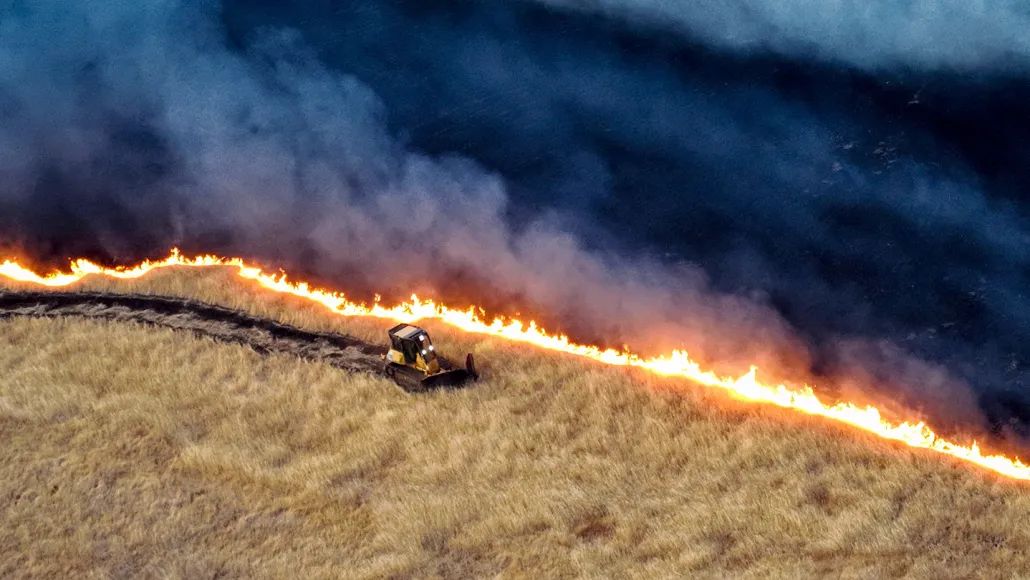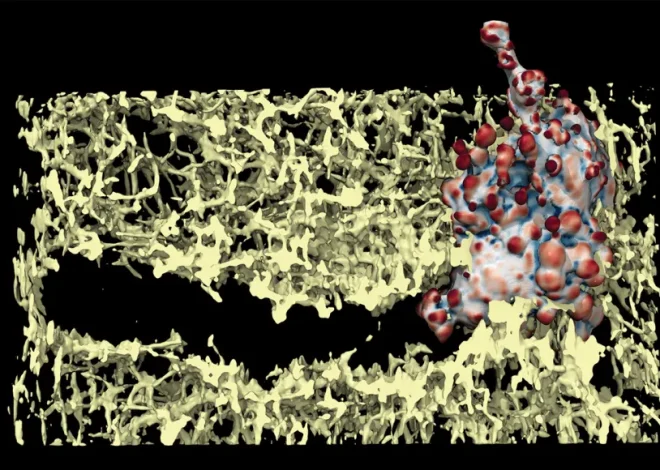
Smoke from wildfires may result in tens of thousands of preventable fatalities.
The Corral Fire, which began burning grasslands in San Joaquin County on June 1 and spread to include more than 50 square kilometers, gave the Northern California wildfire season a head start. A recent modeling research calculates the health effects of smoke plumes from fires like this one on the people in the state, not just during the initial days of exposure but also years later.
Researchers calculate that between 52,500 and 55,700 premature fatalities in California occurred between 2008 and 2018 as a result of fine particulate matter pollution released by wildfires. The team reports in Science Advances on June 7 that the anticipated economic benefit of lowering that early mortality is $432 billion to $456 billion.
According to environmental health scientist Stephanie Cleland of Simon Fraser University in Burnaby, Canada, and the Vancouver Coastal Health Research Institute, the study indicates “quite a considerable impact” from exposure to wildfire smoke over time. Cleland, who was not involved in the study, adds that health impact studies such as this one highlight the value of expenditures made to increase smoke resiliency.
PM2.5, often known as fine particulate matter, is the term used to characterize airborne pollution particles with a dimension of 2.5 micrometers or less. These little particles have the ability to enter the lungs and go all the way to the alveoli, which are the fragile air sacs encircled by miniscule blood arteries and where carbon dioxide is exchanged for oxygen. Evidence suggests that the particles have the ability to penetrate the bloodstream.
According to studies, breathing in fine particulate matter pollution shortens life expectancy, increases the chance of a heart attack, and damages the lungs (SN: 8/22/2018). In addition to wildfires, industry, agriculture operations, and the combustion of fossil fuels are sources of PM2.5 (SN: 7/30/20).
According to Cleland, exposure to wildfire smoke has historically been regarded by researchers as “this very acute event — it comes in, people are exposed to really high concentrations, and then it leaves.” Short-term health consequences have been documented in studies, including increases in hospital admissions for persistent pulmonary diseases (SN: 9/18/20). However, Cleland notes that there has been a recent change in awareness of the health hazards “when someone is exposed to years’ worth of smoke.”
To address the problem, environmental health expert Michael Jerrett of UCLA’s Fielding School of Public Health and his associates developed a mathematical model. To estimate the long-term impact on mortality, the team analyzed annual averages of wildfire smoke exposures over an 11-year period. The scientists included an assumption in the model that PM2.5 from wildfires may be more harmful than fine particulate matter from other sources, based on preliminary data. In addition, the researchers calculated the precise amount of PM2.5 exposure resulting from wildfires as opposed to use a combination of sources.
The next step, according to Jerrett, is to track a group of people for a decade or two in order to compare the death rates between those who have been exposed to higher concentrations of wildfire smoke and those who have not in order to gain a better understanding of the long-term effects of wildfire smoke exposure. However, given how long a study like this takes, his research team began by using a mathematical model.
Considering the frequency of wildfires and their anticipated escalation due to climate change, “it was really important to get some overall estimate of the size of this problem.”



